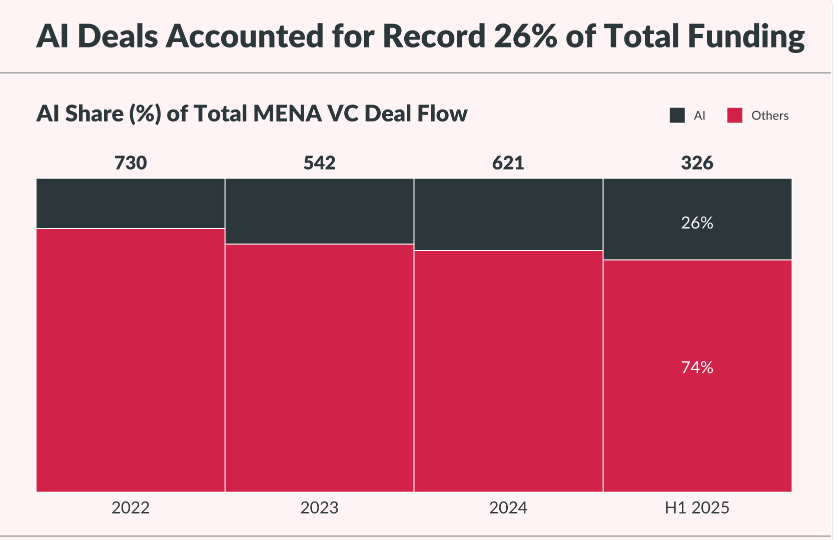Qatar has launched a national artificial intelligence (AI) company, joining its Gulf neighbours – Saudi Arabia and the UAE – in investing funds towards the technology.
The new firm, called Qai, will operate as a subsidiary of the country’s $557 billion sovereign wealth fund, Qatar Investment Authority (QIA). Qai will develop, operate and invest in AI infrastructure and systems locally and globally, according to a statement issued by the Qatari government.
The new entity will build partnerships with international research institutions, technology companies and strategic investors to strengthen the innovation ecosystem as well as provide access to a connected suite of tools to deploy scalable AI systems.
The statement did not specify the kind of tools nor the amount of wealth that will be invested in the firm.
Abdulla Al Misnad, chairman of Qai, said that the mission is to ensure that the transformation remains people-centric.
“By building the capabilities that empower governments, companies and innovators to adopt AI with confidence, we aim to advance regional leadership and enhance Qatar’s competitiveness on the international stage.”
The US and China are vying for global supremacy in producing large language models (LLMs), powering virtual assistants such as Apple's Siri or Amazon's Alexa. US-based companies such as OpenAI, Amazon, Nvidia and Anthropic are developing LLMs, alongside Chinese enterprises such as Huawei, Alibaba and Tencent.
Qatar has been investing heavily in quantum computing with a limited approach towards AI. It is looking to change that.
QIA recently participated in Anthropic’s $13 billion fundraise to build interpretable AI systems as well as ploughed funds in a $275 million Series C round for d-Matrix, a pioneer in generative AI inference for data centers. It also partnered with asset manager Blue Owl Capital to launch a $3 billion digital infrastructure platform to accelerate global compute for hyperscalers.
The country has vaulted into the ranks AI pioneering countries such as Saudi Arabia and the UAE, both of which have launched colossuses to drive their national AI ambitions – G42 backed by Abu Dhabi sovereign wealth fund Mubadala Investment Company and Humain, a subsidiary of Saudi sovereign wealth fund, Public Investment Fund.
The US recently authorised the export of advanced AI chips to G42 and Humain, slated to receive American semiconductors, equivalent of up to 35,000 Nvidia Blackwell chips.
The International Monetary Fund said that the GCC is well-positioned to leverage digitalization, with most countries close to or on par with advanced economies, especially in terms of digital infrastructure and affordability.
“Similar to digitalization, the GCC’s AI preparedness exceeds that of an average EM (emerging market), supported by rapid advances in AI investments (including by SWFs), R&D (e.g., initiatives with universities and research centers, and investments in GenAI foundational models), and talent (including the attraction of AI skills from abroad),” the fund said in its GCC note published on December 6.
